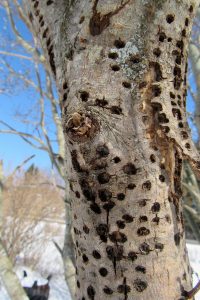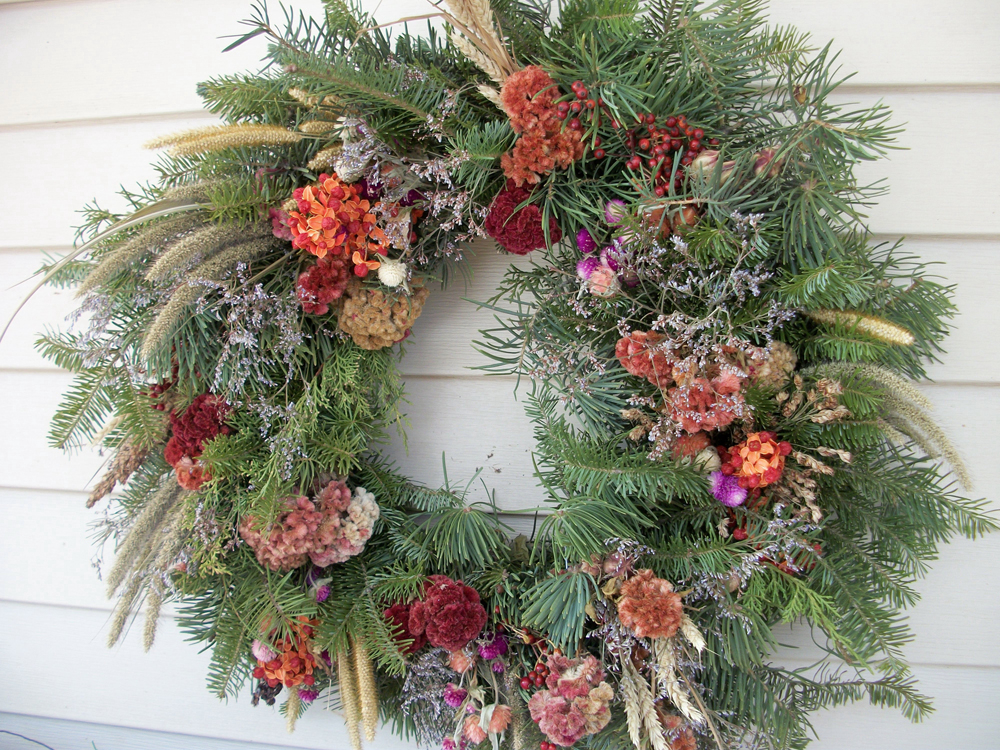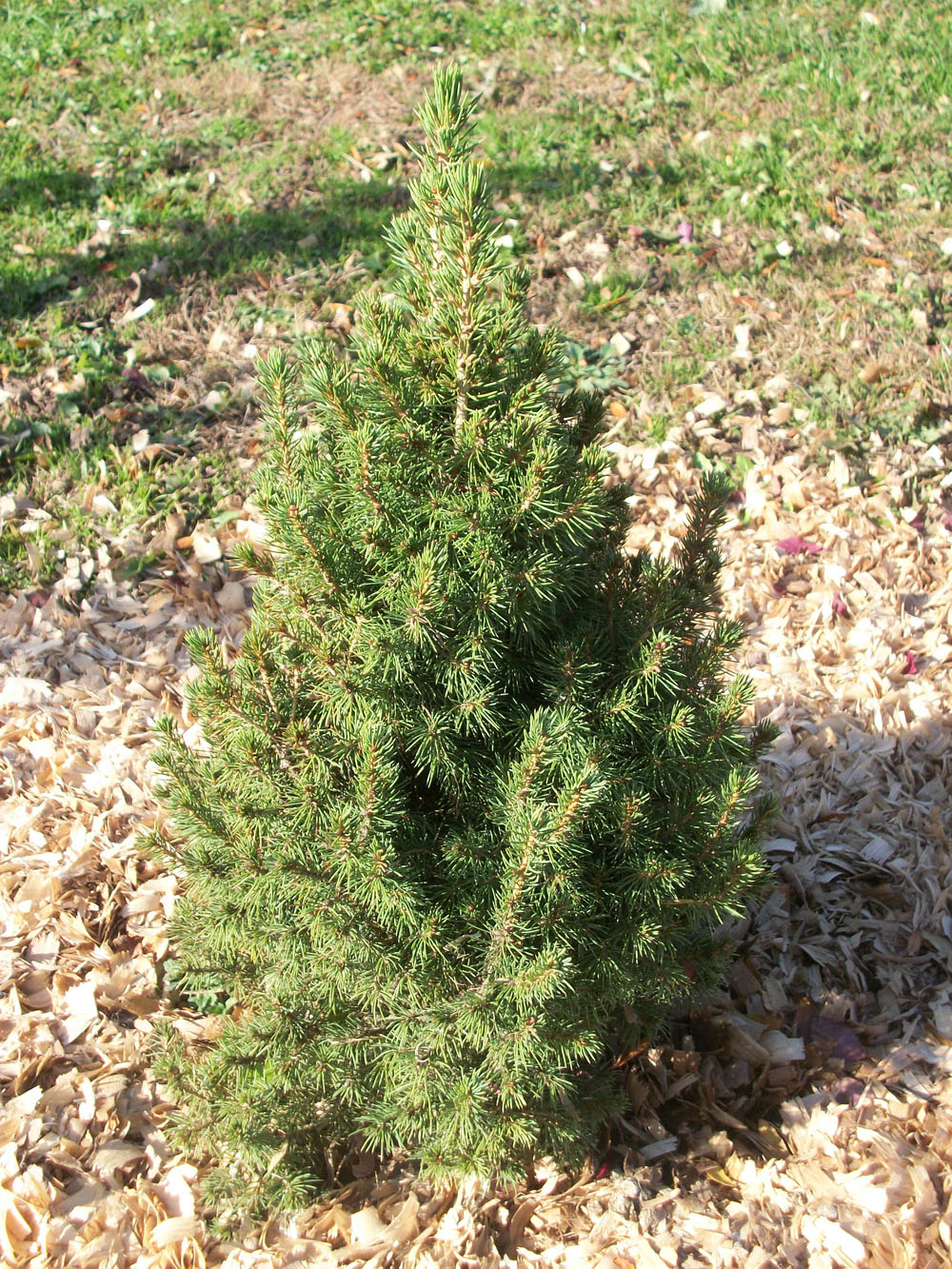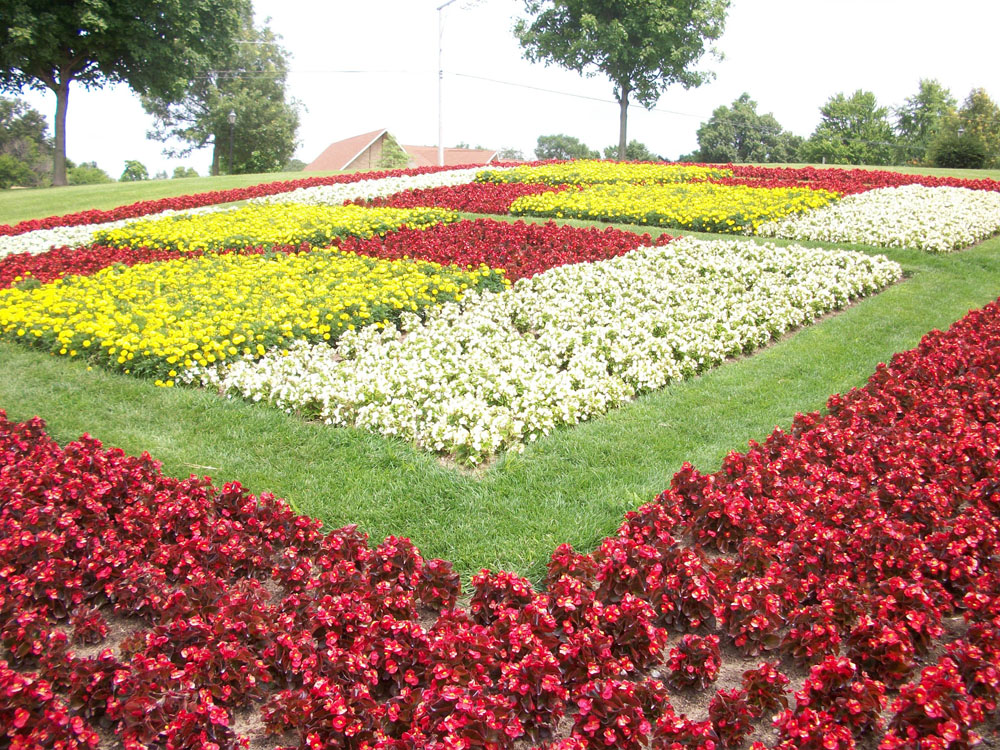Woodpeckers/Spring into Gardening Education Day
If you have trees in your yard or woods nearby, you probably see and hear woodpecker activity around your home. Woodpeckers are most commonly seen near woodlands where they find food and shelter, but they will also use manmade structures for nesting, including wooden fence posts, utility poles and wooden buildings.
Last year, I noticed rings of rows of small holes encircling the trunk of my pussy-willow shrub. My first thought was woodpecker damage, as I had noticed nuthatches, downy woodpeckers and red-bellied woodpeckers at our feeding station peck at the trunk of a nearby lilac.

My research found that the damage to the pussy willow is caused by yellow-bellied sapsuckers – a species of woodpecker which flies south for the winter and which drills numerous rows of one-fourth to three- eighths inch closely spaced holes in healthy trees and shrubs to feed on the sap and insects entrapped in the sap.
I have never noticed the sapsuckers sitting on the pussy willow trunk and was surprised to learn that they are the only member of the woodpecker family to cause this type of injury. The U.S. Forest Service says the sapsuckers – which are mostly black and white with bright patches of red on their heads – tend to prefer birch, maple and hemlock trees.
During early spring, they will test trees around their nesting site and those chosen as sources of sap will be visited frequently the rest of the season and even year after year. Their drilling can damage trees and shrubs.
The sapsuckers sometimes bore deep enough to reach portions of the cambium and inner bark, which they will eat with the sap. The area affected can become girdled and kill the portion of the tree or shrub above that point. If the main trunk in girdled, the entire tree can die.
To discourage sapsuckers, the U.S. Forest Service recommends wrapping hardware cloth or burlap around the area being tapped, or smear a sticky repellent material, such as bird tanglefoot, on the bark.
Spring into Gardening Education Day
If you are itching to get outside and start gardening, Orleans County Master Gardeners are ready to help you get prepared. They host their annual Spring Into Gardening Education Day, Saturday, March 25, at the Orleans County Cornell Cooperative Extension Education Center – 12690 NYS Route 31 in Knowlesville, just west of Albion.
Session topics include an Introduction to Organic Gardening; Garden Art; Managing for Soil Health; Outdoor Mushroom Production; Bees are Interesting Creatures!; Preserving the Harvest; Insects, Diseases and Weeds – Oh My!; and Introduction to Garden Design. Sessions are taught by Master Gardeners, Master Food Preservers, Cornell Cooperative Extension Ag Educators as well as experts from the Orleans County Soil and Water Conservation District and NY Bee Wellness.
Pre-registration costs $25 and includes your choice of four sessions and lunch. Senior Citizens cost $20, and walk-in registration is $30. The event runs from 9 a.m. to 2 p.m. For more information, call 798-4265, ext. 26 or go to orleans.cce.cornell.edu.





